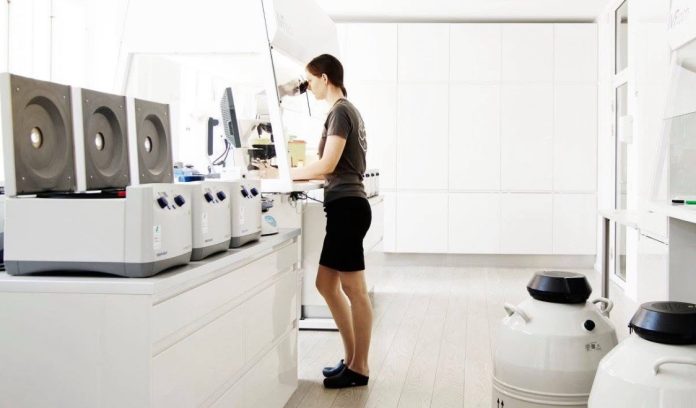Danish sperm donor fathered 67 children: ten diagnosed with cancer due to rare genetic mutation.
A Danish sperm donor, who helped 46 families across eight countries have children between 2008 and 2015, has unwittingly passed on a rare, cancer-causing genetic mutation to his offspring.
According to TV 2 Denmark, at least ten of the 67 children conceived with his sperm have now developed cancer, including brain tumors and Hodgkin’s lymphoma.
Genetic Mutation
The root of the problem is a rare mutation in the TP53 gene, which can trigger Li-Fraumeni syndrome, a hereditary disorder that dramatically increases the risk of developing various cancers, often before the age of 30.
While ten children have already been diagnosed with cancer, another 13 have inherited the mutation but have not (yet) developed the disease.
– Extremely unfortunate
Julie Paulli Budtz, Communications Director at European Sperm Bank (the clinic that received the donor’s sperm), explained to TV 2 that the donor himself was healthy and tested negative in blood tests.
The mutation was only present in a small fraction of his sperm cells, making it undetectable through standard genetic screening at the time.
– It is an extremely unfortunate case that we are very affected by, Budtz said.
Children conceived with this donor’s sperm have been identified in Denmark, Belgium, France, Germany, Greece, Spain, Sweden, and the United Kingdom.
Edwige Kasper, a biologist at Rouen University Hospital in France, who has researched the case, told TV 2 and CNN that the core issue appears to be the lack of strict regulation on how many children a single donor can father.
Calls for tighter regulation
In Denmark, a donor is only allowed to contribute to 12 families, but this limit varies internationally. For example, France has a cap of ten births per donor, and Germany 15. Some countries have no limits at all, which means a donor from a Danish clinic could potentially father hundreds of children worldwide.
European Sperm Bank has now implemented its own international maximum of 75 families per donor and advocates for political action to establish similar limits globally.

Bodil Skov, chairperson of the Donor Children’s Welfare Association, argues that the donor limit should be much lower, citing the risk of many children inheriting a genetic defect.
A recent survey among their members suggested a cap of 4–20 children per donor.
Ethics councils in Denmark, Norway, Sweden, and Finland have jointly called for an international limit. They warn that without coordinated regulation, donor sperm or eggs can be used across borders, bypassing national restrictions.
An EU regulation aimed at increasing coordination is set to take effect in 2027.
Budtz stresses the importance of balancing ethical considerations, donor availability, and the risk of disease transmission.
She warns that overly strict regulations could push desperate families to seek unregulated donors, increasing health risks.
However, Skov insists that children’s welfare must come first.
– Should we really compromise on children’s conditions, well-being, and rights just so everyone can fulfill their wish to have children, she asks.
The Danish Ministry of the Interior and Health has announced plans to review the rules for anonymous sperm and egg donation, with discussions scheduled for the next parliamentary session.


get enclomiphene buy san francisco
how to buy enclomiphene generic version
kamagra uk commander en ligne
kamagra sans ordonnance comprime l alcool
how to buy androxal buy dallas
get androxal price canada
how to order dutasteride cheap info
cheapest buy dutasteride uk cheapest
flexeril cyclobenzaprine cheap no rx required canada
cheapest buy flexeril cyclobenzaprine price prescription
order fildena price netherlands
how to order fildena cheap trusted
ordering gabapentin american express canada
buying gabapentin generic alternatives
staxyn cod accepted
buy cheap staxyn cheap australia
buy itraconazole canada online order
online order itraconazole generic equivalent
how to order avodart new york city
order avodart generic real
how to buy rifaximin price new zealand
cheapest buy rifaximin generic where to buy
ordering xifaxan generic version
cheapest buy xifaxan cheap buy online no prescription
kupte si kamagra usa
obecný online kanada kamagra